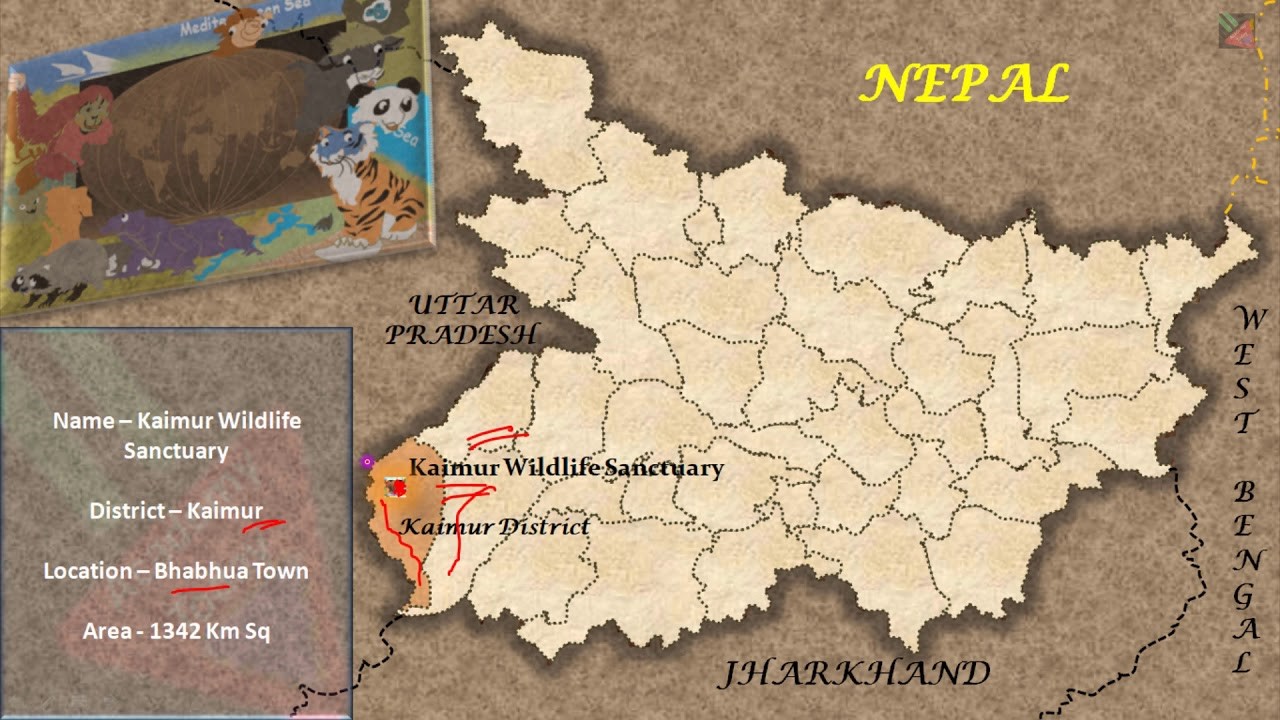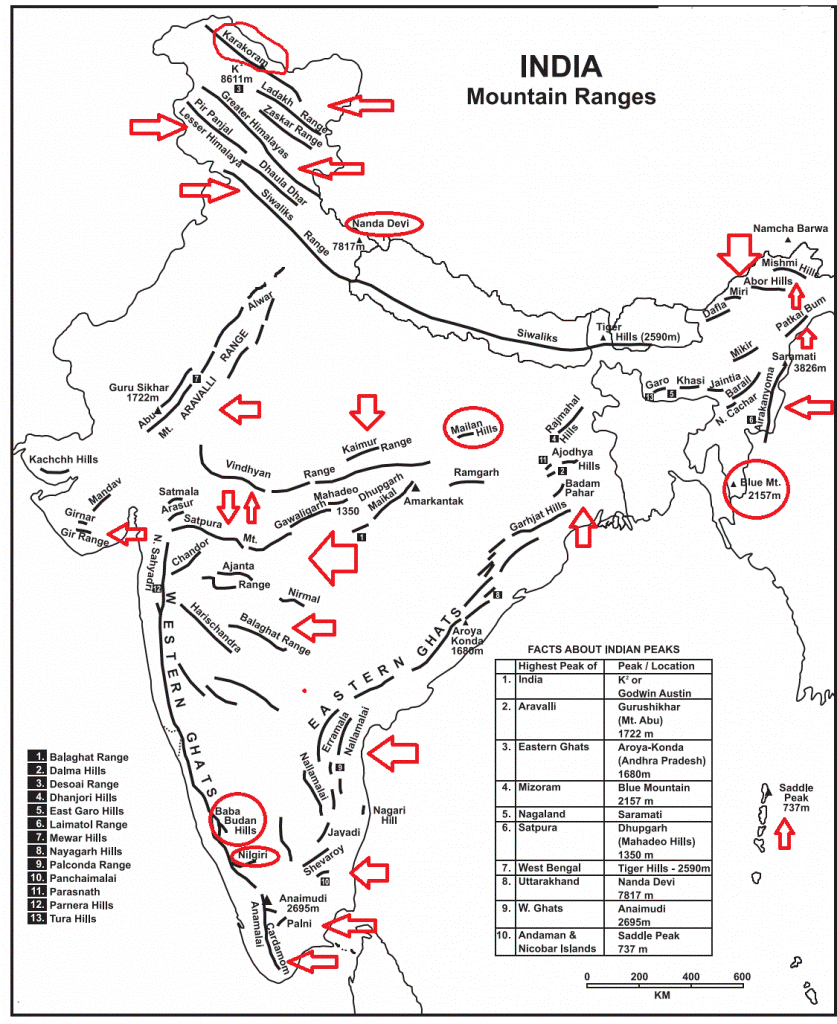Free Courses Sale ends Soon, Get It Now


Free Courses Sale ends Soon, Get It Now



Disclaimer: Copyright infringement not intended
In News
Kaimur Wildlife Sanctuary
Details
Geography
Fauna
Kaimur Range
Protected areas in the Kaimur Range include:

|
PRACTICE QUESTION Q. Consider the following statements: 1.Kaimur Wildlife Sanctuary has numerous Megaliths, Rock paintings of prehistoric age and stone inscription from a bygone era. 2.Kaimur Wildlife Sanctuary has several Dams and lakes, including Anupam Lake, Karamchat dam and Kohira Dam. 3.Kaimur Range is the western portion of the Vindhya Range. How many of the above statements are correct? A) Only 1 B) Only 2 C) All 3 D) None Answer: B) Only 2 |
© 2024 iasgyan. All right reserved